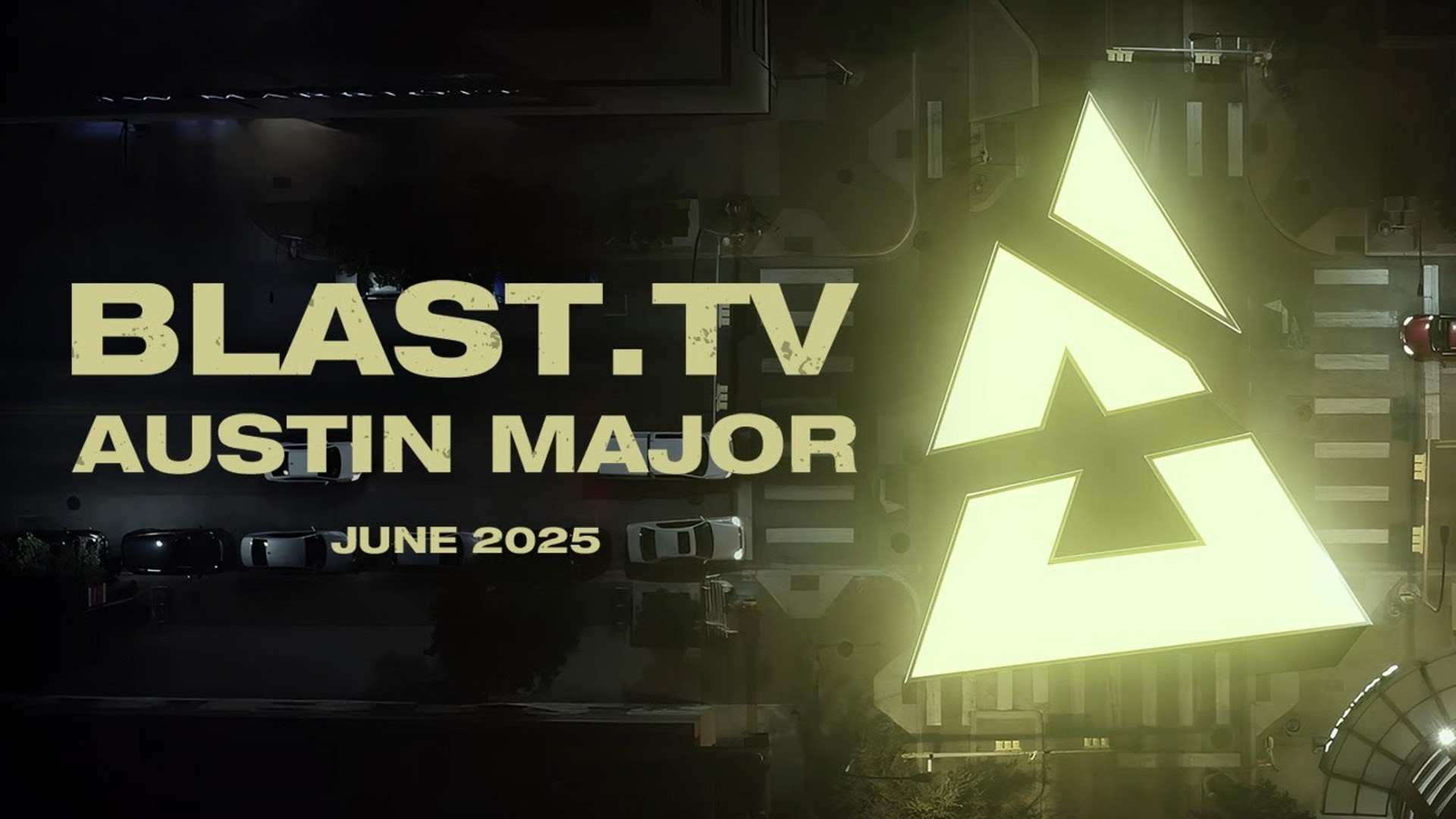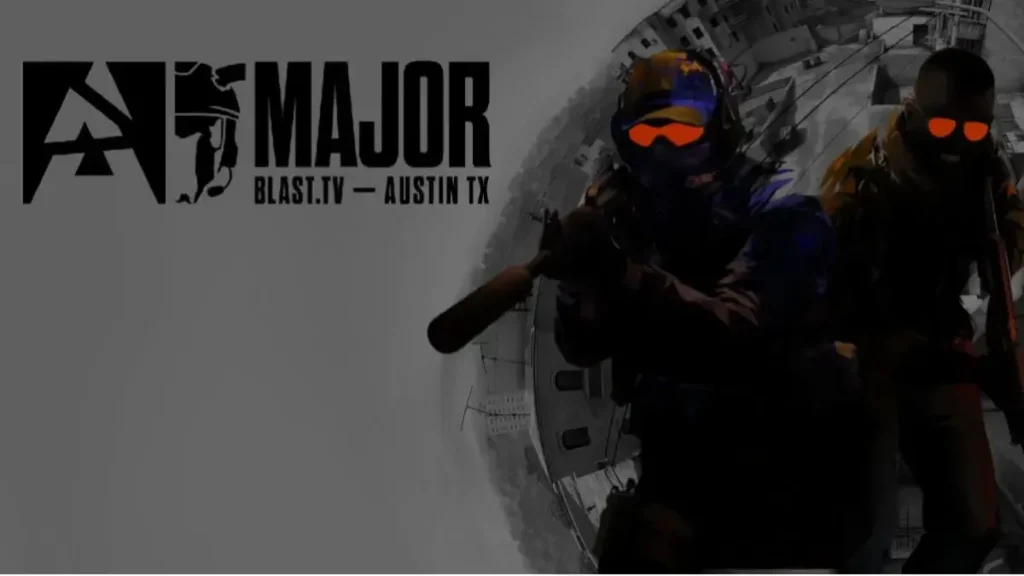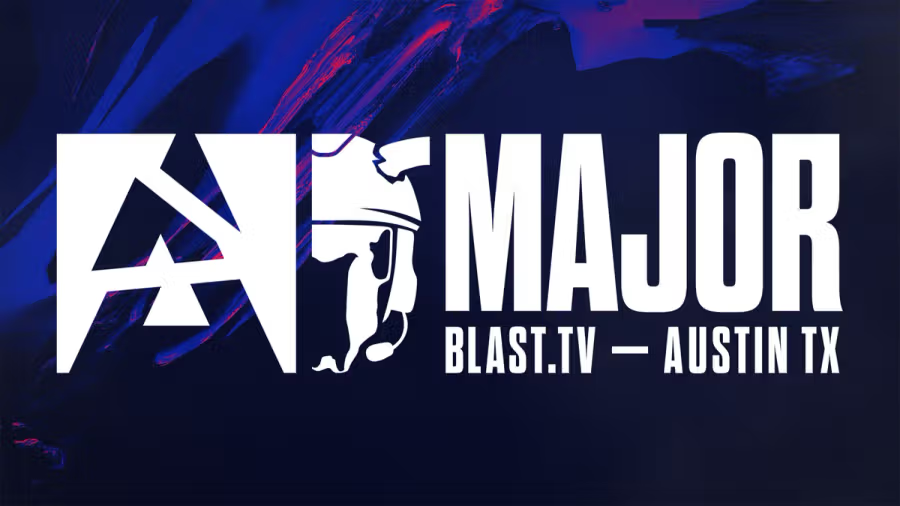
When BLAST.tv revealed that the Austin, Texas Counter-Strike 2 Major would be located in Austin, Texas. Fans from North America were delighted at the prospect of high quality CS action happening in their backyard. However, there is a deep-rooted mixture of excitement and pressure for the region’s top teams. Evil Geniuses, Team Liquid and even surging dark-horse squads are now under the burden of not just passionate, live audiences, but also the hope for some form of regional redemption. As the NA teams are set to showcase their talent at the Major which is scheduled to take place in the AT&T Center during autumn, the question remains, will they be able to tap into the home-crowd energy that they are provided with and harness it into success, or will the chances of performing in front of the fans make it too difficult to bear?
The Significance of Austin for North American CS2

Austin marks more than just another addition to the CS2 map—it is the first xi opportunity for the North American region to host a Valve-approved Major. The Philadelphia CS:GO-era Majors also saw the Philadelphia CS:GO-era Majors where players were given a taste of the home advantage, but with the new updates there are some doubts.
Fans are eagerly anticipating the event after years of dissapointments as players adapt to the newly changed light and sound cues, as well as the bullet models. From the perspective of an NA audience yearning to see their region as true global contenders in the scene, the Austin Major serves both purposes; a showpiece and a test at the same time. The teams that are able to meet those expectations will not only achieve unprecedented success in the tournament, but will also change the sting of the story of Counter-Strike in North America for a long time.
Soil Advantage at Home and Increased Expectations
In esports, the advantage of “home soil” is different than how it functions in traditional sports. For NA squads, predictable ping, comfort of the practice arena, and familiar chants echoing through the venue add emotional boosts. These factors can also create stress. During closed-booth qualifiers and LANs, players often report that the absence of crowd noise helps them concentrate. Austin guarantees in-headset audio that will broadcast every cheer or sigh. The mental challenge of confidence versus composure is one that needs to be balanced. Preparing for emotional swings is what coaches need to do, designing scrim routines that mimic crowd noise and bringing in fortified mental sports psychologists. The way that teams navigate through intensive cheers or disgruntled silences can prove to be the difference in a tightly contested best of five.
Tracking favorites of North America
Given the recent changes to the roster, Evil Geniuses has the most energy and has advanced the furthest among the North American contenders, arriving in Austin. They have an adaptive core that is able to mid round adjust, which is ideal for CS2 with its focus on utility and fluid rotations. At home, EG’s star rifler veteran in-game leader will have to turn their online success into Major success. On another hand, Team Liquid has put together a new system built around a more compact and aggressive strategy. They managed deep runs in international tournaments due to disciplined economy management and entry fragging. During an at-capacity show, Liquid’s new young AWP specialist will have plenty of chances to create highlight clips, assuming he can get rid of the pressure that comes from every shot fired being amplified ten times.
Other dark-horse teams such as Complexity and Bad News Eagles are also quite dangerous, too. Complexity’s willingness to innovate with off-meta utility lineups and fielding an analytical approach could surprise more traditional teams. The North American-EU hybrid squad of Bad News Eagles already proved that they can take down higher seeds with absolutely deadly coordination and reckless mid-round calls. For these two teams in particular, the home playoff advantage could push tightly contested battles their way, if they can weather the emotional rollercoaster of performing in front of a roaring crowd.
Tactical Relatives and Mental Conditioning
Winning outcome in Austin comes down to two closely knit factors: strategic brilliance and unbreakable mental strength. On the more tactical side, the front line should have formulated game plans that incorporated CS2’s systems regarding split second decision making during utility fights and the new entry points created by reworked smokes and flashes. Detailed work on map pools, region-scrims, and purposeful smoothing out of vetoes will be the base of any postseason tournament run.
An equally important factor is the ability to recover from setbacks. In The Majors’ best-of-five playoffs, even one series-changing round can swing an entire series. Historically, North American teams have struggled to recover after a devastating loss, particularly when playing in front of their home crowd. In an effort mitigate this, sport psychologists suggest implementing micro-break routines—brief, structured cooldown exercises between maps designed to reset focus. Mentors can also take advantage of crowd noise by instructing players to focus on the cheers instead of getting distracted by them. The Major’s gauntlet can be conquered by teams who find the balance between strategic rigor and emotional control.
Fan Expectations and the Road Ahead

For NA fans, the Austin Major marks a milestone of the region’s accumulated talent and under the Austin Texas structure. Crowds will provide a different level of energy compared to that in online qualifiers, and local businesses stand to make a profit from the flow of international tourists. However, those benefits are coupled with high expectations. A deep run—or better yet, lift the trophy—would justify the years spent on investment through regional leagues, academies, and training facilities. On the other hand, the early exits risk carrying forward old narratives of NA being slow burners on the global stage.
The effects won’t be immediate, but the lessons taken away from Austin will influence North American Counter-Strike for years to come. The triumphing teams will be those that incorporate mentally strong approaches along with improved CS2 strategies. This will enable them not just to compete for the trophy, but to lay the foundation for success far into the future. Before the fight for the trophy begins, it is clear that the common Western audience is in for some multi-dimensional viewing as dreams met with the raw emotions and pressure of the native land are bound to clash.
Leave a Reply